Car theft no longer looks like a scene from a gritty 80s movie with broken glass, crowbars, and hotwiring under the dash. Today’s thieves look more like computer geeks, carrying laptops and wireless antennas instead of lockpicks. One of the most surprising tools in their playbook? Tire pressure sensors. What was meant to keep you safe on the road is now being twisted into a back door for hackers.
The Weak Spot in Modern Cars
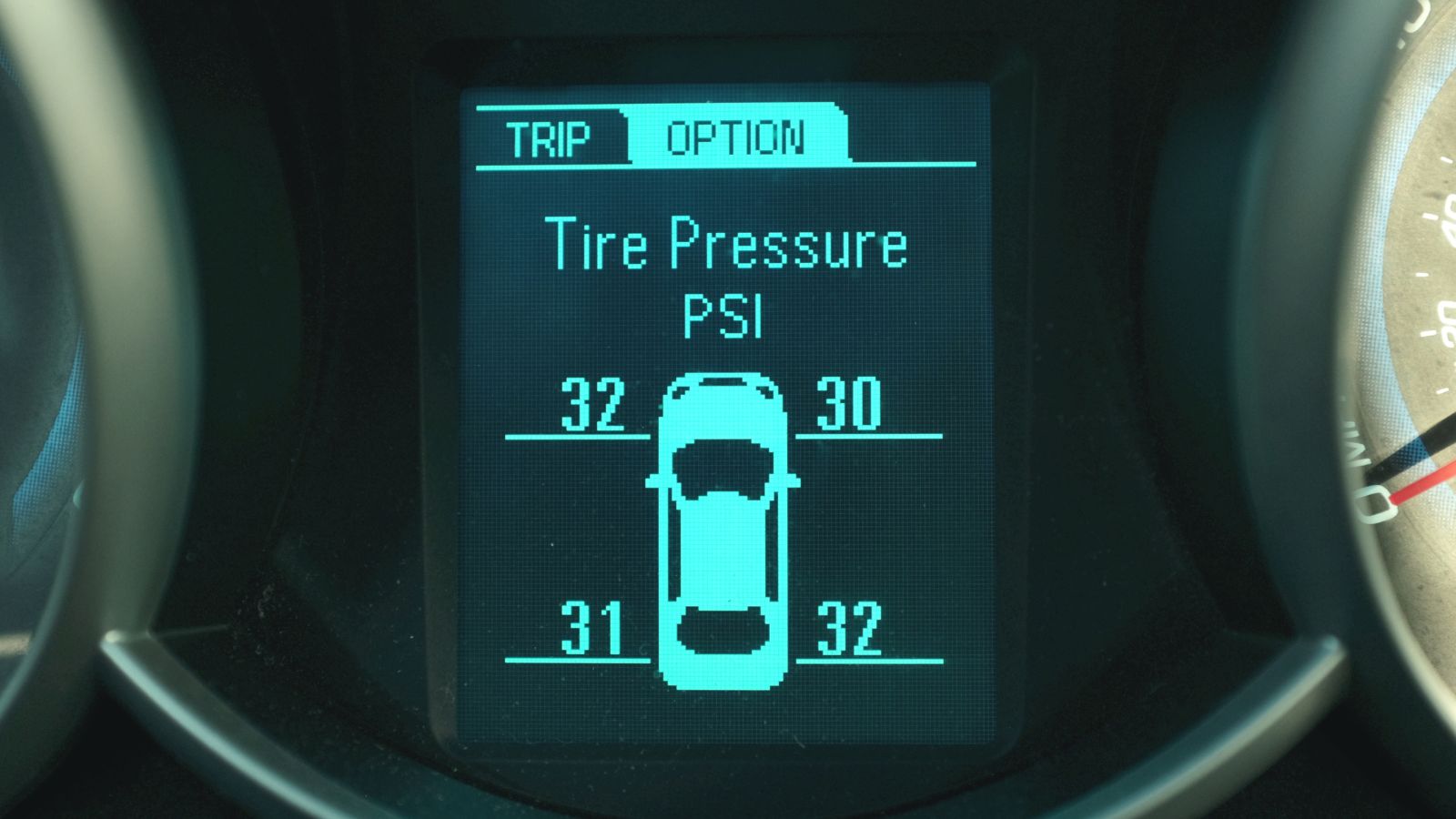
Since 2008, all cars sold in North America must include a Tire Pressure Monitoring System (TPMS). These little sensors, tucked inside each wheel, broadcast tire pressure data wirelessly to your car’s computer. The system’s job is simple: warn you if a tire is under-inflated. But here’s the problem, these signals are sent over open radio frequencies. Like any unencrypted wireless channel, they can be intercepted, replayed, and even manipulated by someone who knows what they’re doing.
How Hackers Exploit Tire Sensors
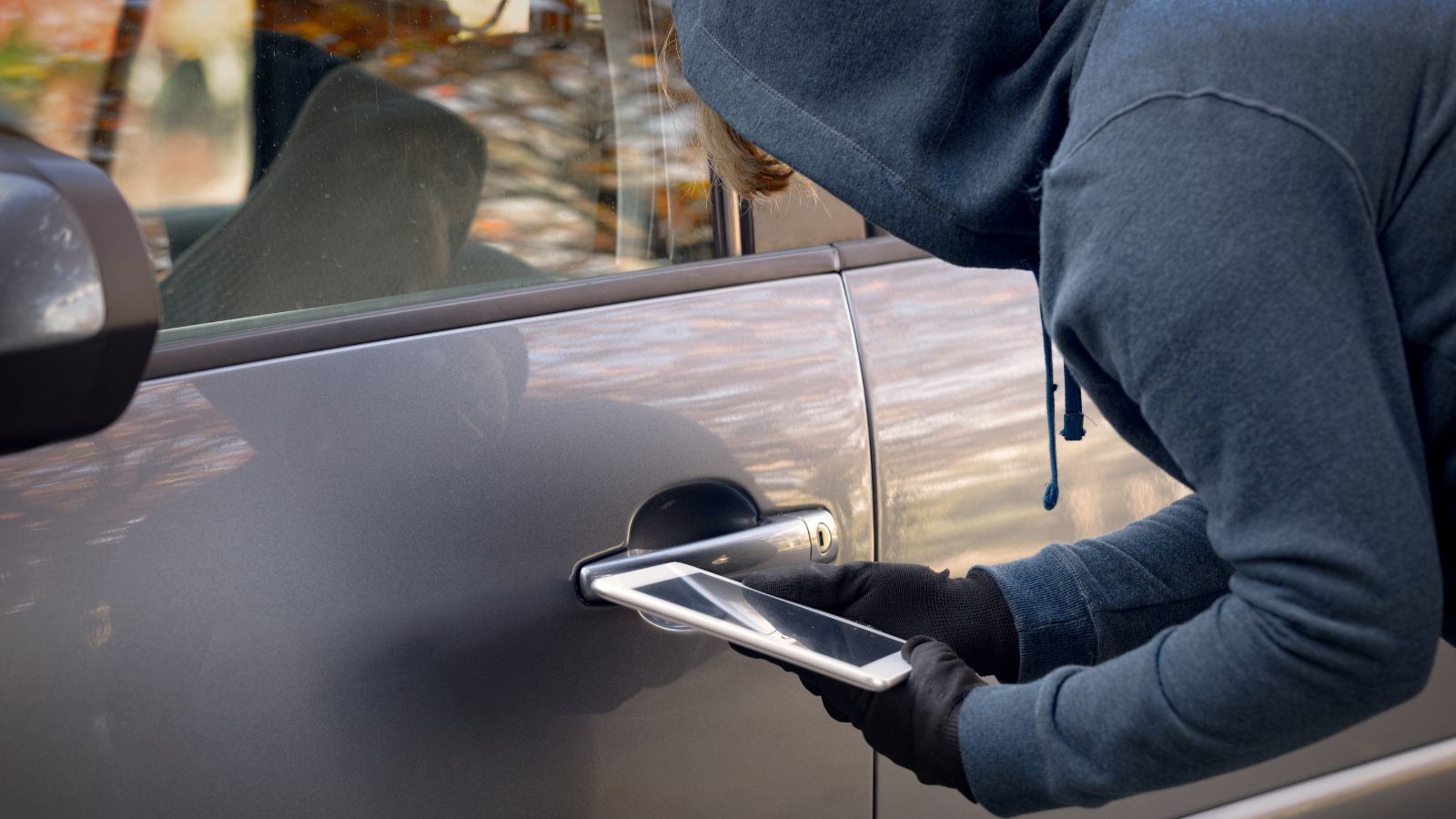
At their core, TPMS sensors use radio frequency (RF) transmissions, often in the 315 MHz or 433 MHz bands, to communicate with the car. Hackers armed with an RF scanner can “listen in,” capture the packets of data, and then replay them back to the vehicle’s central computer. This is called a replay attack. Once cloned, these signals can sometimes be used to trick the vehicle into thinking it’s receiving a valid unlock or access command.
What makes this especially dangerous is that cars now integrate TPMS with broader vehicle networks. In certain cases, hackers have found ways to use cloned tire sensor signals as a springboard, gaining deeper access to the car’s Controller Area Network (CAN bus). That’s the nervous system of your car, controlling everything from lights to locks.
The Hacker’s Toolkit

These aren’t movie props—they’re items any determined thief can source. Hackers typically use:
RF scanners: Devices that scan the same frequencies TPMS sensors use.
Software-defined radios (SDRs): Programmable tools that let thieves capture, analyze, and replay wireless signals.
Laptops with open-source hacking software: Programs designed to decode signals and identify vulnerabilities.
Handheld “cloning” devices: Sometimes disguised as diagnostic scanners, these can replay TPMS codes instantly.
The scariest part? The barrier to entry is dropping fast. What once required thousands of dollars in custom gear can now be done with a few hundred bucks and some tutorials from the darker corners of the internet.
Brands and Models Targeted

While TPMS itself is fairly standardized, reports suggest thieves often focus on vehicles with advanced keyless entry and push-button start systems. Toyota, Honda, and Lexus models have been frequently mentioned in Canadian police reports, while Ford and Chrysler SUVs are popular targets in the US. Luxury brands like BMW and Audi also show up, not because their systems are worse, but because the payoff is bigger when a thief drives away in a $90,000 ride.
Real-World Examples
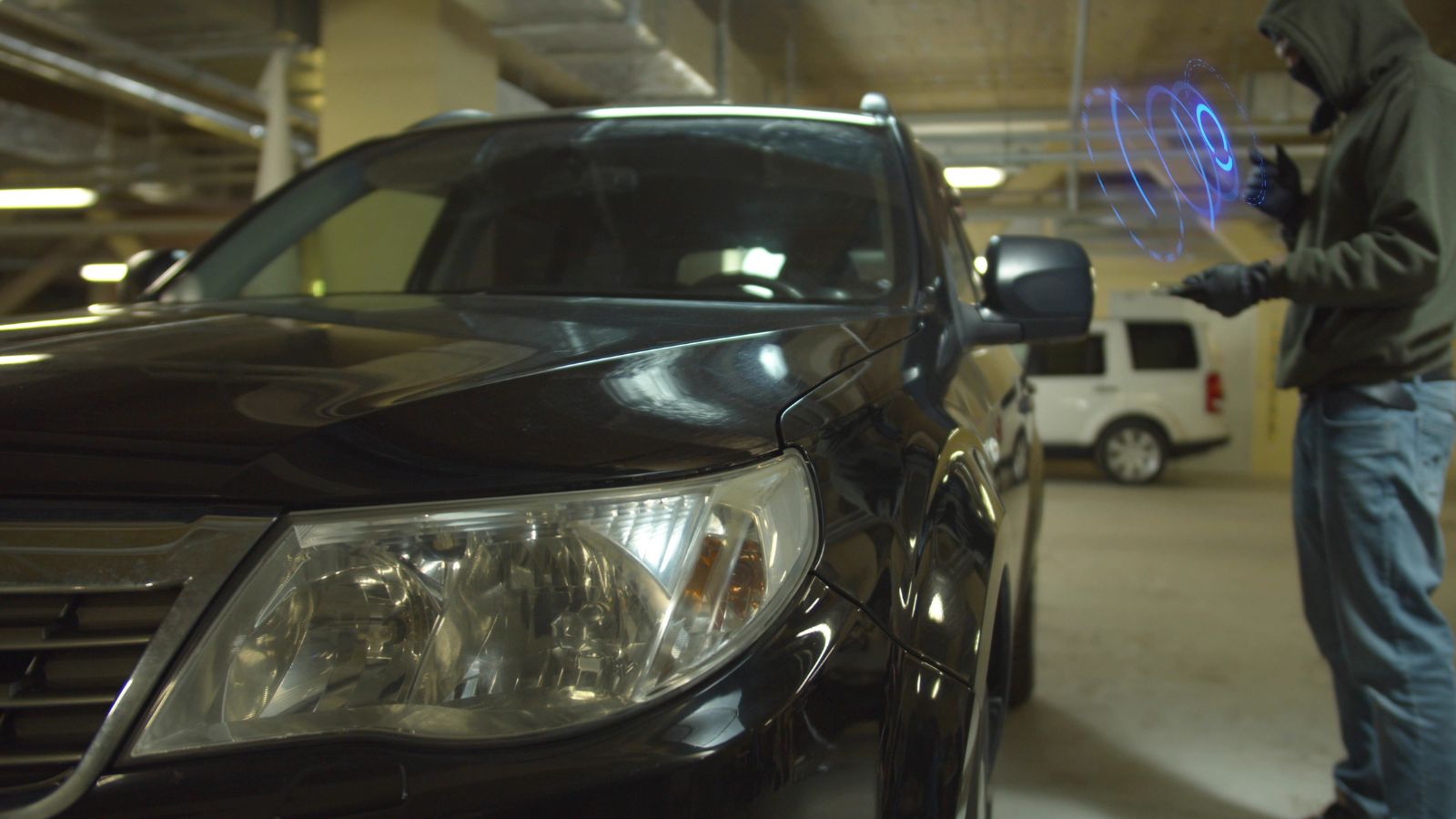
Police in Toronto reported clusters of thefts where cars vanished without signs of forced entry. Surveillance footage caught thieves lingering near the wheels of vehicles, RF scanners in hand, before the lights blinked and doors unlocked. In Houston, detectives pointed to rising cases where cloned signals likely played a role, allowing thieves to defeat alarms and immobilizers.
In Europe, researchers have even published studies showing how TPMS hacks can be used not only to unlock cars but to inject false pressure readings, potentially distracting or tricking drivers into pulling over. It’s a chilling reminder that these systems weren’t built with hackers in mind.
Why This Works So Well
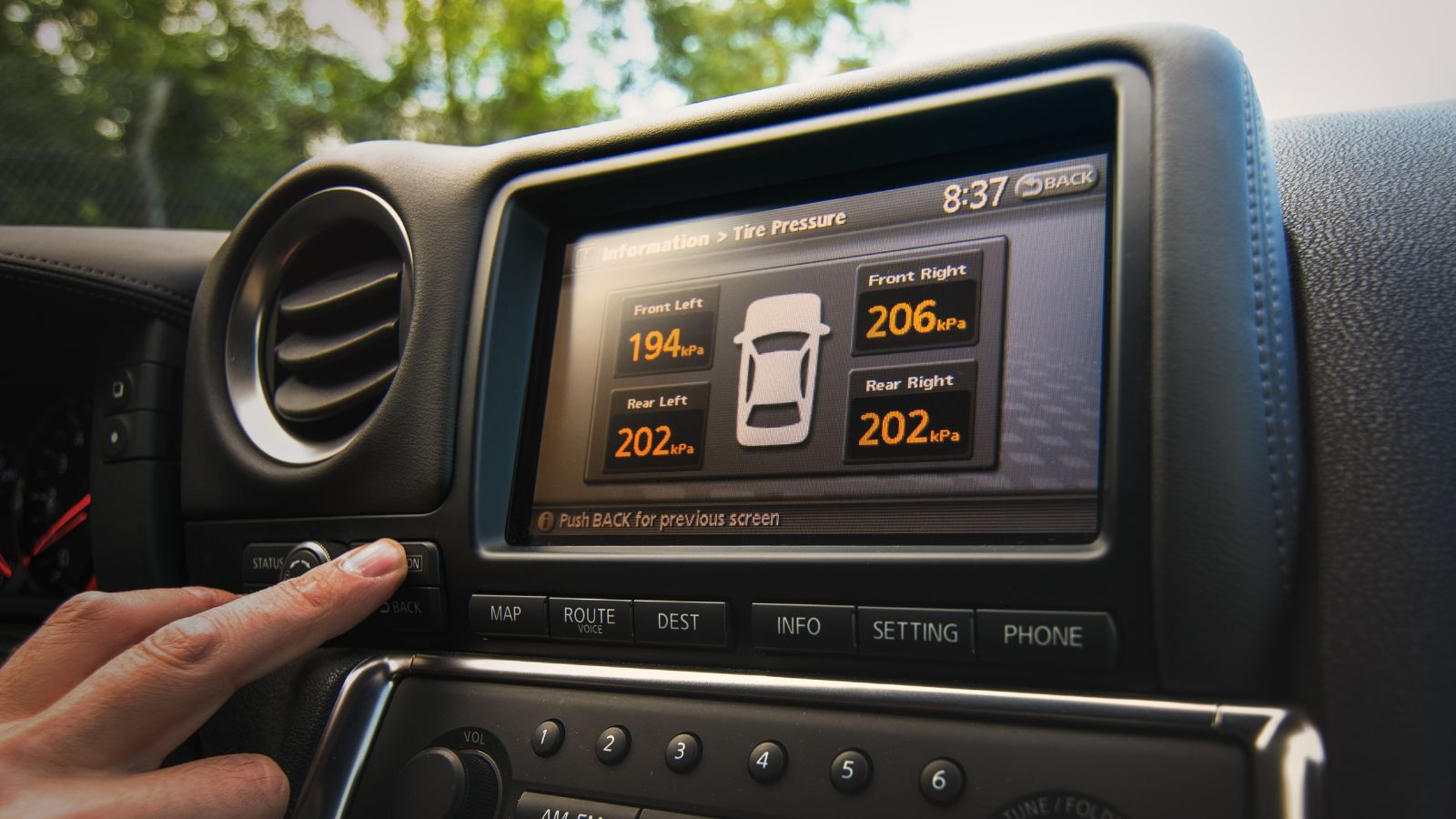
Automakers never thought tire sensors would need military-grade encryption. The TPMS was designed as a safety feature, not a security system. Unlike key fobs, which now use rolling codes to prevent cloning, many TPMS sensors still broadcast static identifiers. Once a hacker captures that ID, they can replay it endlessly. It’s like having a spare key copied at the hardware store—only this key is wireless and invisible.
What Drivers Can Do About It

While you can’t legally disable TPMS (it’s federally mandated), you can layer extra defenses. Steering wheel locks and wheel clamps may look old-fashioned, but they work. Parking in secure, well-lit areas reduces risk, as does installing aftermarket alarms that detect suspicious RF activity. Some tech companies are already offering “signal jammers” or “CAN bus firewalls” designed to cut off unauthorized digital chatter.
The bigger push, though, needs to come from automakers. Updating sensor communication to include encryption or rotating codes would dramatically reduce this vulnerability, much like what happened with modern key fobs. Until then, your best bet is combining awareness with deterrence.
The Future of Car Theft
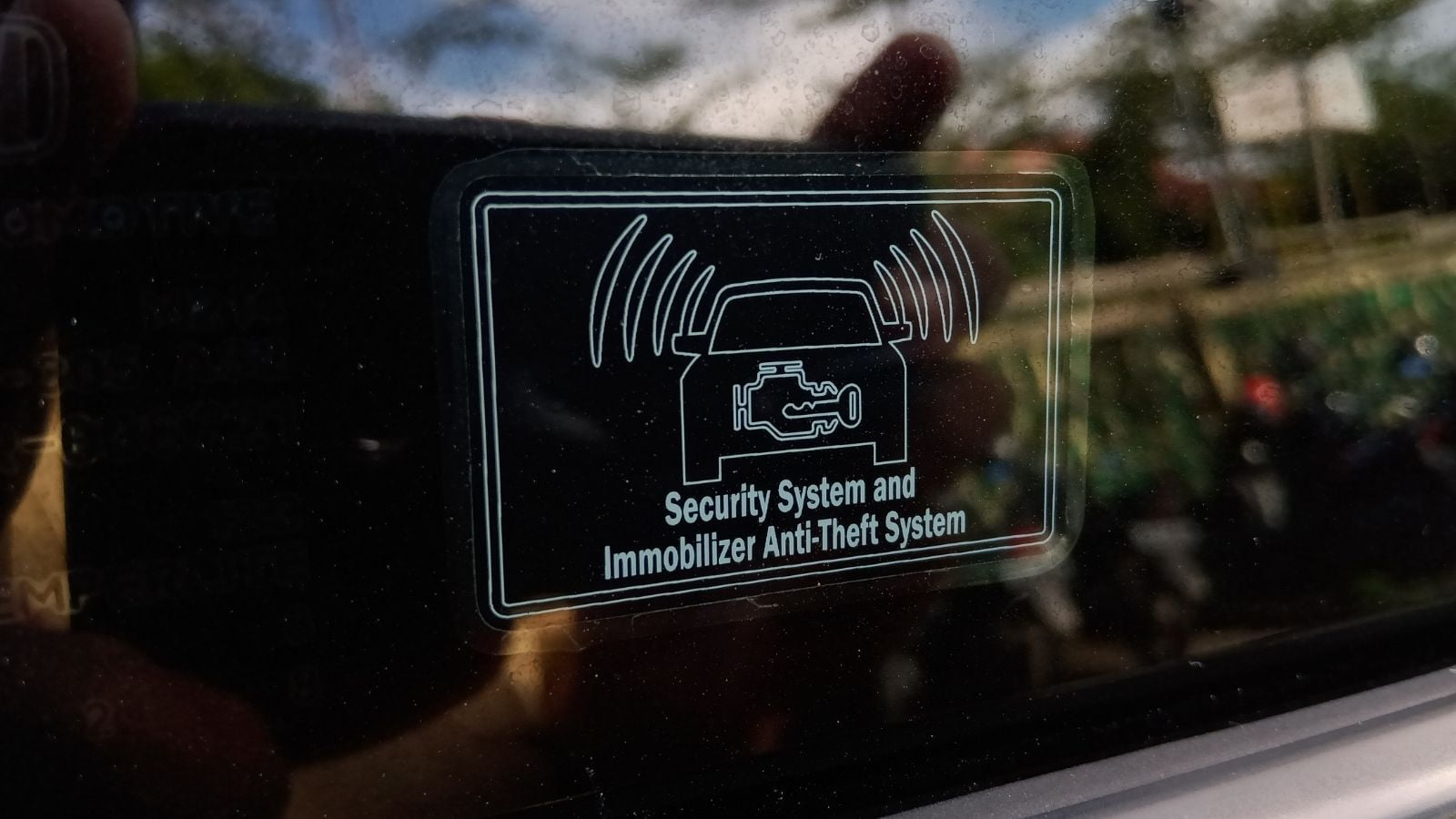
If hackers can exploit something as mundane as tire sensors, imagine what’s possible with Wi-Fi hotspots, Bluetooth modules, and always-connected infotainment systems. We’re entering an era where car theft is less about crowbars and more about code. Tire sensors are just one of many back doors. Today, it’s a replay attack on RF. Tomorrow, it could be malware slipped through a vehicle’s software update. For now, being aware of this obscure but growing threat is the first step in staying one step ahead of the thieves.
25 Facts About Car Loans That Most Drivers Don’t Realize

Car loans are one of the most common ways people fund car purchases. Like any other kind of loan, car loans can have certain features that can be regarded as an advantage or a disadvantage to the borrower. Understanding all essential facts about car loans and how they work to ensure that you get the best deal for your financial situation is essential. Here are 25 shocking facts about car loans that most drivers don’t realize:
25 Facts About Car Loans That Most Drivers Don’t Realize
